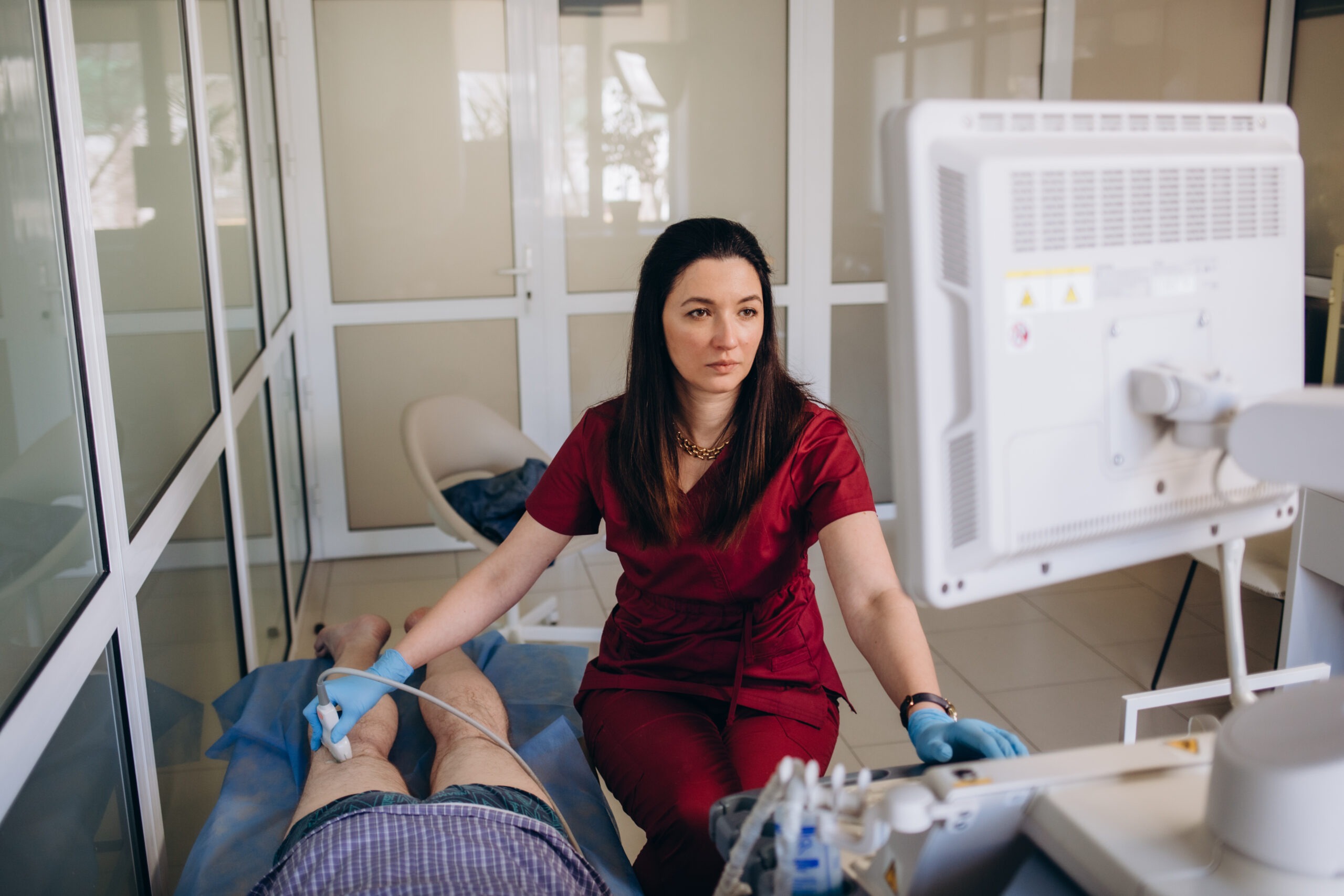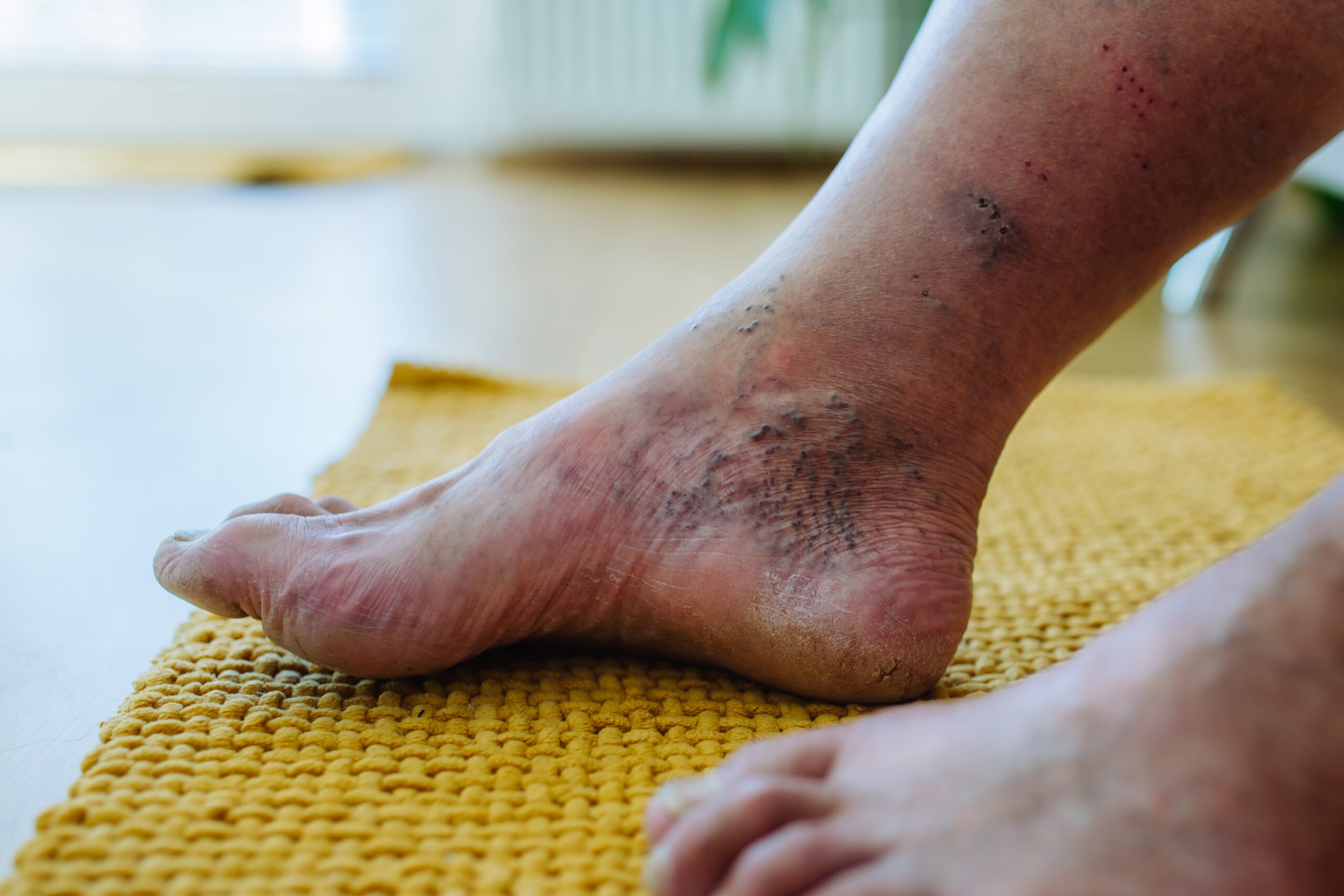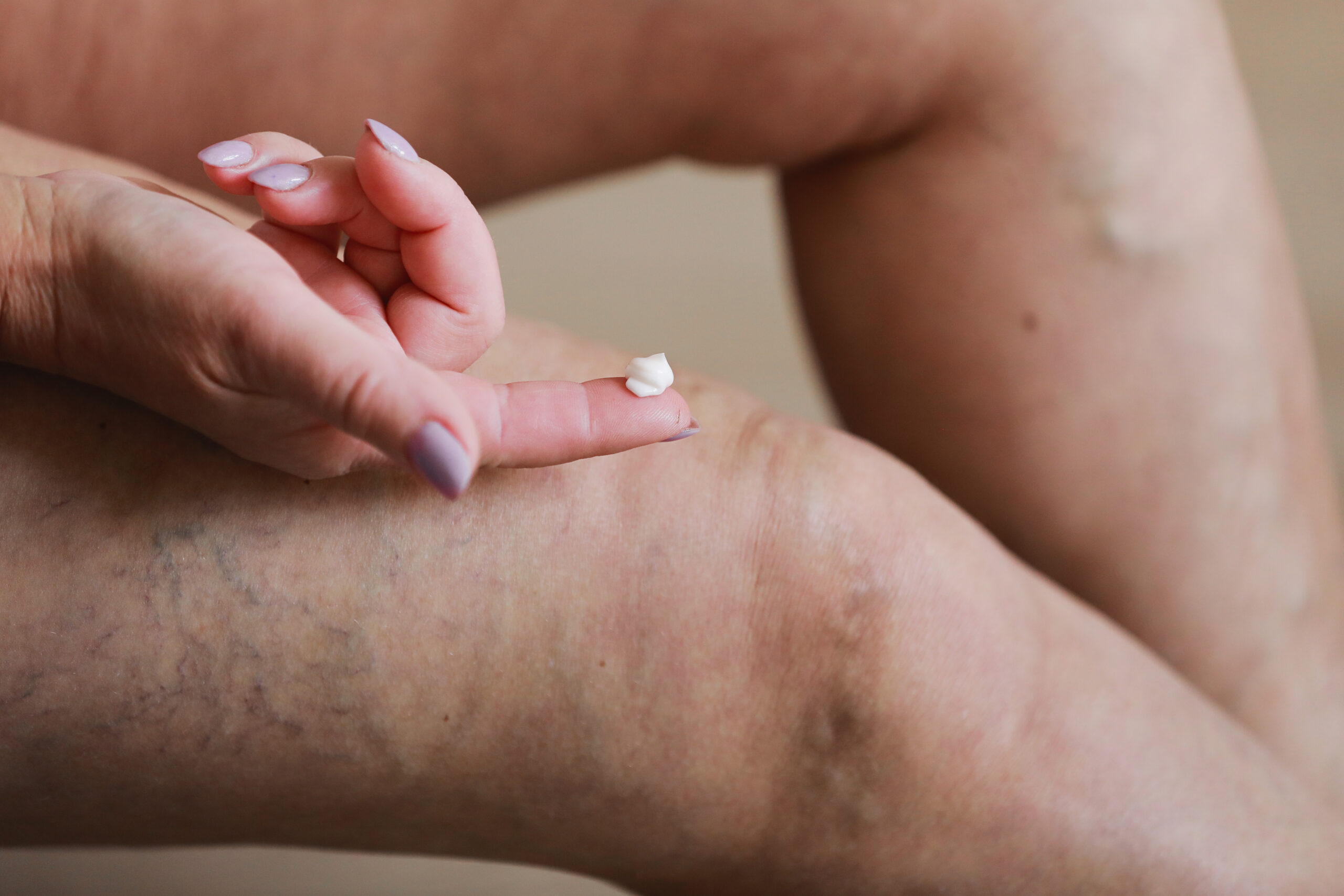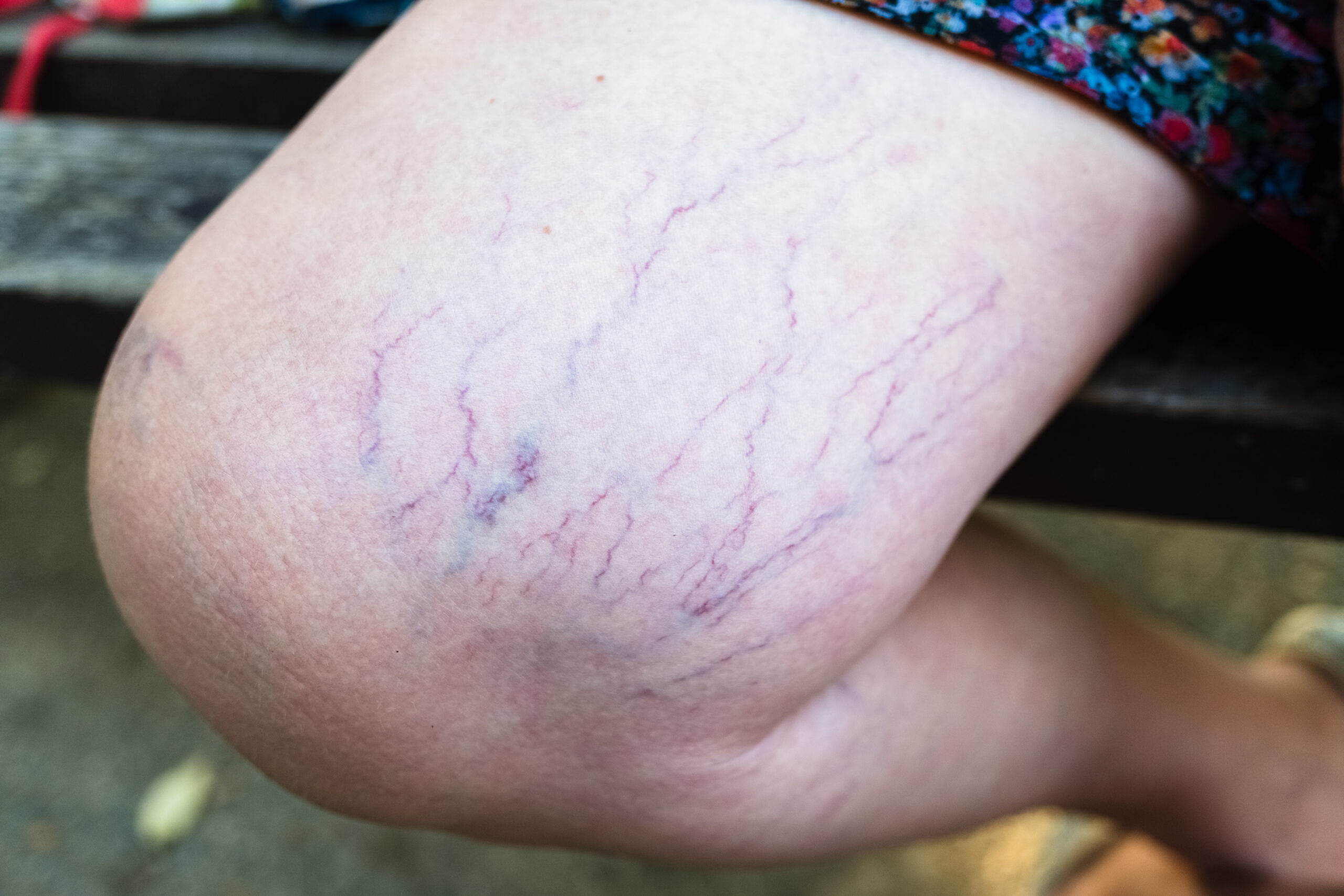Vein treatment is important for relieving discomfort and addressing the cosmetic issues caused by varicose veins. If left untreated, these swollen veins can cause pain, swelling, and even more serious problems. It’s crucial for people looking for relief to understand the different treatment options available.
Here are some key points to keep in mind:
- Effectiveness of Treatments: There are various procedures specifically designed to effectively eliminate problematic veins.
- Importance of Permanence: It’s essential to understand how permanent vein treatments are. While the treated veins will not come back, new issues may develop due to factors such as genetic predisposition.
By being aware of these factors, patients can make informed decisions about their vascular health and explore suitable options that are tailored to their needs.
Understanding Varicose Veins
Varicose veins are enlarged, twisted veins that often appear blue or dark purple. They develop when the valves within the veins weaken, causing blood to pool instead of flowing efficiently back to the heart. This condition can lead to visible bulges on the skin’s surface and discomfort.
Common Symptoms
Individuals with varicose veins may experience:
- Swelling in the legs and ankles
- Aching or heaviness in the legs, particularly after prolonged periods of standing
- Itching around the affected area
- Skin discoloration and changes in texture
Contributing Factors
Several factors can contribute to the formation of varicose veins:
- Genetic predisposition: A family history of varicose veins increases your risk.
- Age: As you age, vein elasticity diminishes, making it easier for valves to malfunction.
- Hormonal changes: Pregnancy, menopause, or hormonal therapies can impact vein health.
- Lifestyle choices: Sedentary behavior, obesity, and prolonged standing can exacerbate the condition.
Understanding these elements is vital for recognizing symptoms early and seeking appropriate treatment options.
Treatment Options for Varicose Veins
Varicose veins can be effectively treated using multiple methods, each varying in approach and effectiveness. Below are some of the most common treatment options available:
Sclerotherapy
Sclerotherapy is a widely used injection treatment for varicose veins. This procedure involves the following steps:
- Preparation: The healthcare provider cleans the area around the vein to minimize the risk of infection.
- Injection: A sclerosant solution is injected directly into the affected vein using a fine needle. This solution irritates the lining of the vein, causing it to collapse and eventually fade from view.
- Aftercare: A compression bandage may be applied to support the treated area and enhance results.
Learn about Sclerotherapy in this blog post.
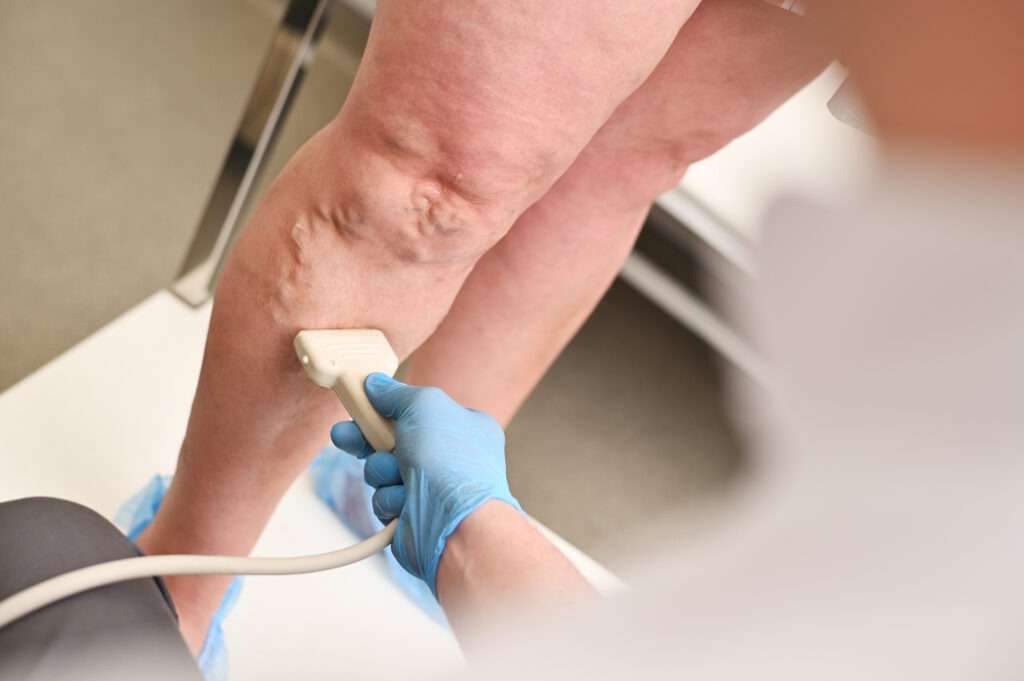
Expected Results
- Many patients experience visible improvements after just one or two sessions.
- Complete resolution of varicose veins may require multiple treatments, depending on individual circumstances.
Recovery Time
- Most individuals can resume normal activities immediately after sclerotherapy.
- Minor side effects such as swelling, bruising, or redness at the injection site are common but typically resolve within a few days.
Laser Therapy
Laser therapy serves as an alternative to traditional methods. This technique utilizes focused laser energy to target and close off problematic veins without needles or incisions.
Benefits
- Non-invasive with minimal discomfort.
- Quick recovery time, allowing patients to return to daily activities shortly after treatment.
Limitations
- May not be suitable for larger varicose veins compared to other methods.
- Results may take longer to manifest than with sclerotherapy.
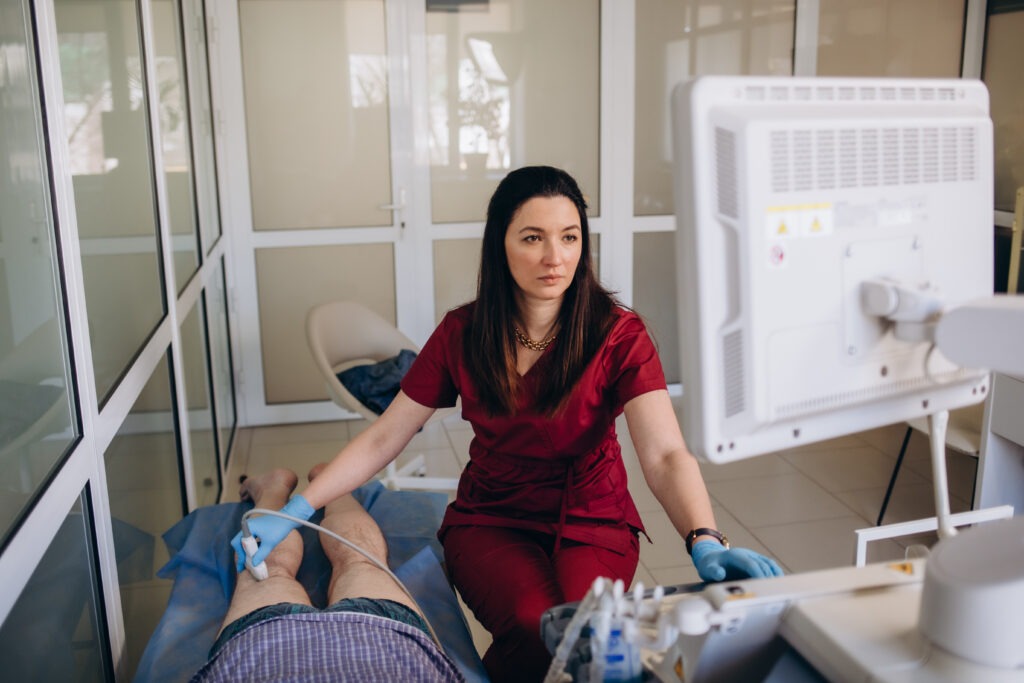
The Permanence Factor: Are Treated Veins Truly Gone Forever?
Understanding the permanence of vein treatment involves examining what happens to veins after the procedure. When veins are treated, they are either collapsed, removed, or shrunk. This means that the specific veins targeted during treatment will not return. However, the reality is more complex.
Treated Veins vs. New Vein Issues: What You Need to Know About Recurrence Rates and Contributing Factors
While treated veins do not grow back, new vein issues may arise due to various factors:
- Genetic Predisposition: Family history plays a significant role in developing varicose veins. If you have a genetic tendency towards vein problems, new veins can develop despite successful treatment of existing ones.
- New Risk Factors: Lifestyle changes such as weight gain, pregnancy, or prolonged periods of standing can contribute to new varicose veins forming after treatment.
- Untreated Veins: Sometimes underlying or hidden veins may go untreated during initial procedures. These can later become problematic.
- Recanalization: In some cases, previously treated veins can reopen over time.
Statistics show that recurrence rates vary based on the type of treatment received:
- Sclerotherapy has a recurrence rate of approximately 10% to 30% within three years.
- Laser therapy generally shows lower recurrence rates due to its non-invasive nature but still presents risks depending on individual circumstances.
- Surgical options like microphlebectomy and vein stripping can have recurrence rates ranging from 5% to 20%, depending on patient factors and adherence to post-treatment care.
Being informed about these statistics allows you to make better choices regarding your vein health.
Lifestyle Changes That Minimize Risk
Taking proactive steps can help reduce the likelihood of developing new varicose veins:
- Regular Physical Activity: Engage in exercises that promote circulation such as walking, swimming, and cycling.
- Maintaining a Healthy Weight: Excess weight increases pressure on your veins, making them more susceptible to problems.
- Staying Hydrated: Proper hydration supports overall vascular health and circulation.
These lifestyle adjustments can play an essential role in maintaining vein health after undergoing treatment for varicose veins. Understanding the permanence of treatments alongside potential for new issues equips you with valuable knowledge for managing your vascular well-being effectively.
Preventative Care Post-Treatment: Maintaining Healthy Veins for Life
Lifestyle Changes That Support Vein Health
Engaging in preventative care post-treatment is essential for maintaining healthy veins and minimizing the risk of developing new varicose veins. Consider implementing the following lifestyle changes:
- Regular Physical Activity – Incorporating exercise into your daily routine can significantly improve circulation and strengthen the muscles that support your veins. Activities such as walking, swimming, or cycling are excellent choices. Aim for at least 30 minutes of moderate exercise most days of the week.
- Maintaining a Healthy Weight – Excess weight places additional pressure on your veins, increasing the likelihood of future issues. Focus on a balanced diet rich in nutrients while monitoring caloric intake. This approach not only supports vein health but also contributes to overall well-being.

- Staying Hydrated – Proper hydration plays a crucial role in maintaining healthy blood circulation. Drinking enough water aids in preventing blood from thickening, which can lead to various vascular problems. Aim for at least eight 8-ounce glasses of water daily, adjusting based on your activity level and climate.
- Diet Modifications – Consuming a diet high in fiber and low in processed foods can help manage weight and promote better vascular health. Include plenty of fruits, vegetables, whole grains, and lean proteins. Foods rich in antioxidants, such as berries and nuts, can help reduce inflammation and support vein function.
- Wearing Compression Stocking – These specially designed stockings apply gentle pressure to your legs, helping veins return blood to the heart more efficiently. Wearing them during long periods of standing or sitting can further reduce discomfort and prevent new vein issues.
By adopting these lifestyle changes after vein treatment, you enhance your chances of long-term success and contribute positively to your vascular health. Understanding how each element plays a role will empower you to take control of your wellness journey while addressing the question: Is vein treatment permanent?
The Importance of Regular Check-Ups in Maintaining Your Vascular Health
Regular visits to your healthcare provider are crucial for ensuring the long-term success of your vein treatment. These check-ups serve several important purposes:
1. Early Detection
Routine consultations allow for the early identification of potential issues before they become more serious problems.
2. Progress Monitoring
During these appointments, your healthcare provider can evaluate how effective your previous treatments have been and make any necessary adjustments to your care plan.
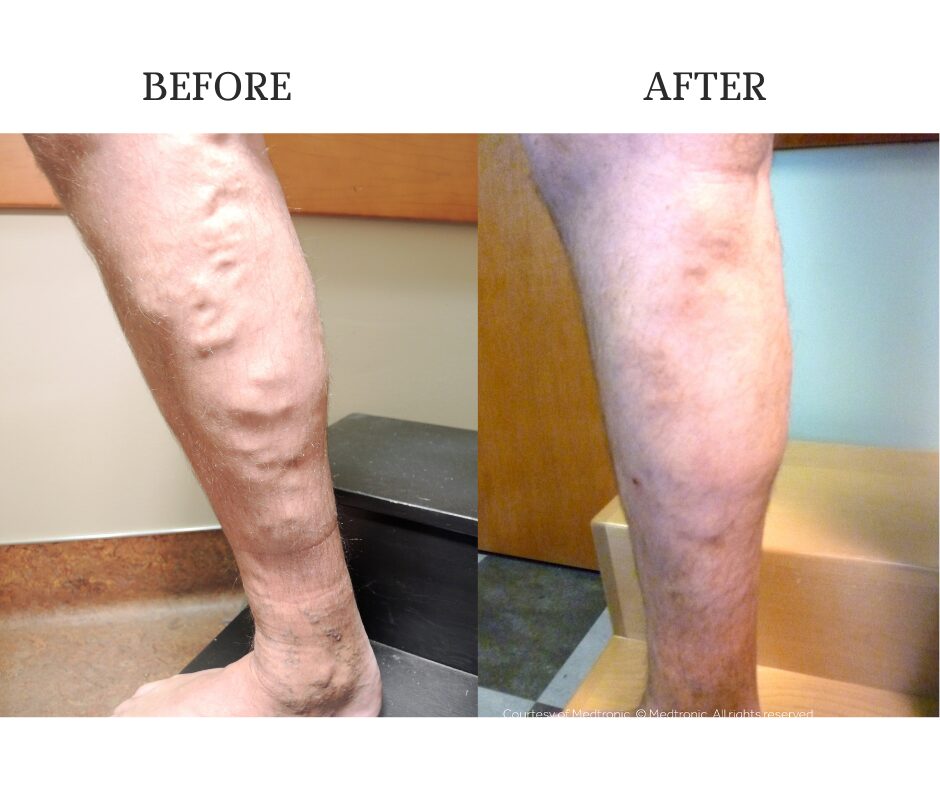
3. Ongoing Management
Check-ups provide an opportunity to work with your healthcare team in developing personalized strategies that support the health of your veins over time.
By incorporating preventative care through regular follow-up visits, you can proactively address any concerns and stay ahead of potential issues. It’s essential to discuss topics such as exercise, diet changes, and other lifestyle modifications during these appointments.
While treated veins typically do not revert back to their problematic state, it’s still possible for new vein concerns to arise due to various factors. Consistent check-ups ensure that you remain proactive in managing your vascular health, allowing for timely intervention when needed. With dedicated follow-up care, you have the ability to maintain the results of your treatment and improve your overall well-being.
A Comprehensive Approach Towards Lasting Results With Vein Treatment
Understanding the lasting effects of vein treatment is essential for anyone considering these procedures. Each treatment option offers distinct benefits and limitations, making it vital to assess which method aligns best with individual health needs. Patients should prioritize long-term maintenance strategies, such as:
- Adopting healthy habits: Regular exercise, a balanced diet, and hydration can significantly boost vein health.
- Monitoring weight: Maintaining a healthy weight reduces pressure on veins and lowers the risk of new varicose veins developing.
- Staying proactive: Engaging in preventive care through routine check-ups can help identify potential issues early.
The question of “Is vein treatment permanent?” often arises. While treated veins do not return, new issues may develop due to genetic factors or lifestyle changes. Therefore, it is crucial for patients to have open conversations with their healthcare providers about their concerns and treatment plans.
Don’t wait to address your vein health concerns! Take the first step towards healthier, more comfortable legs by scheduling a consultation with a vein specialist today. Our experienced team is ready to create a personalized treatment plan that works for you. Fill out this form to book your appointment. Your journey to better vascular health starts here!

